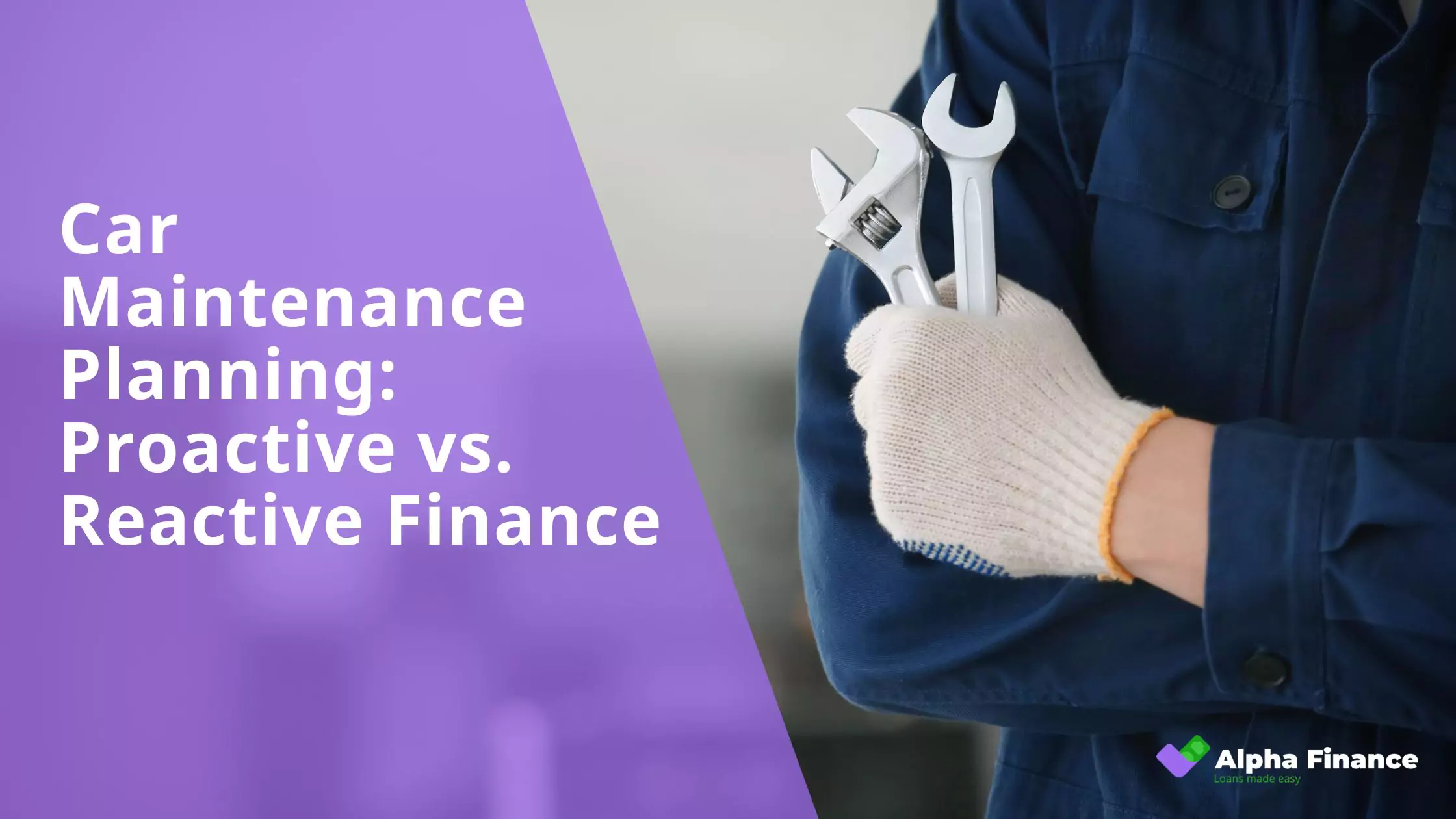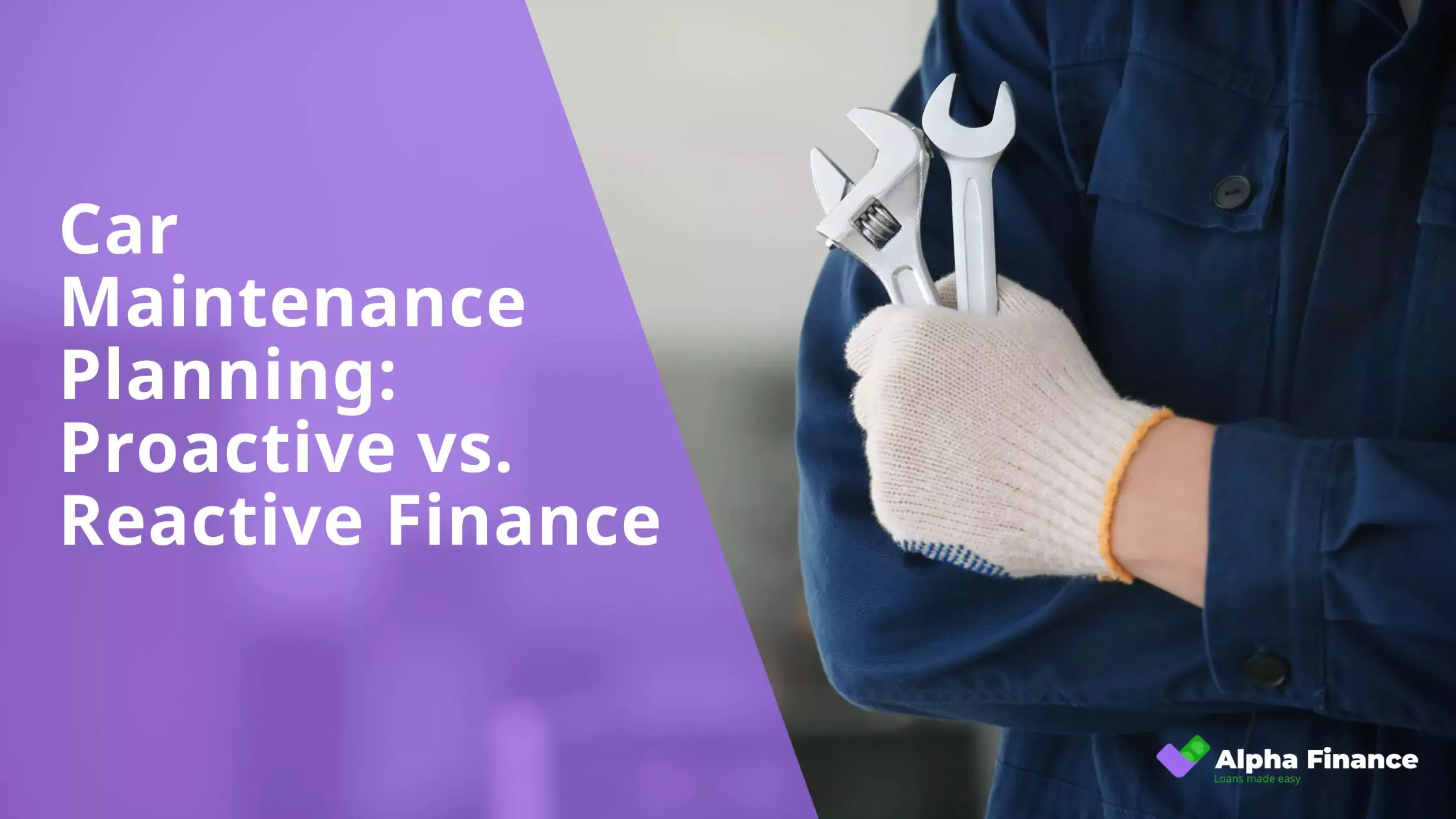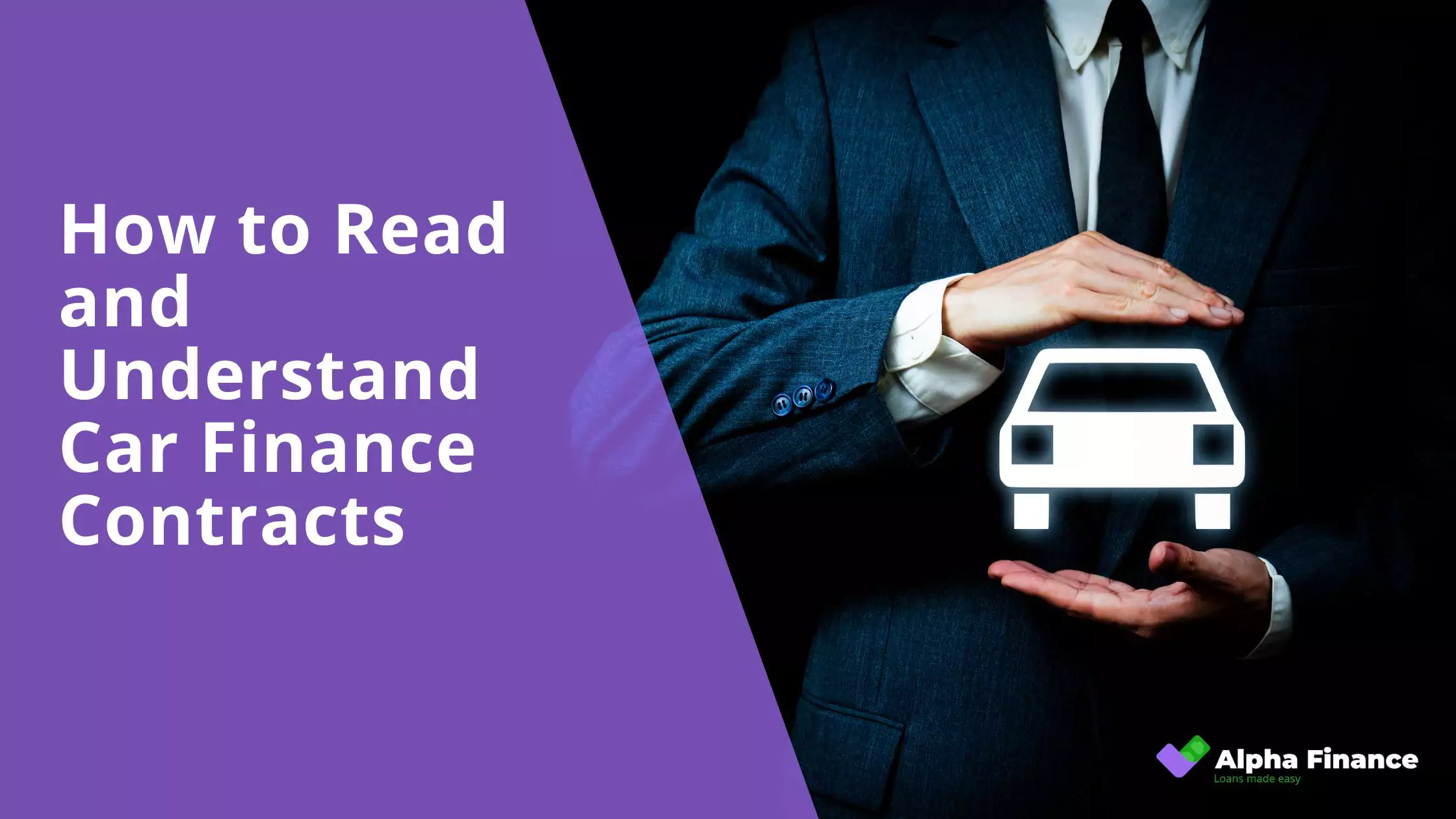You’ve just driven your gleaming new car off the lot, perhaps with the help of one of the many car loans Australia provides, or finally got that state-of-the-art fridge delivered. Then comes the inevitable question from the salesperson: “Would you like to add an extended warranty?” Instantly, your brain starts to churn. Is this a smart financial safeguard, or just an extra cost you don’t really need? This common scenario perfectly encapsulates the dilemma many of us face. Are extended warranties a genuinely wise investment that offers valuable peace of mind, or are they, in fact, an unnecessary expense that rarely delivers on its promise?
Simply put, an extended warranty is a service contract that prolongs the period of coverage for repairs and parts beyond what the manufacturer’s original warranty provides. It’s pitched as your shield against unexpected repair bills once that initial factory guarantee runs out. In this post, we’ll dive deep into what extended warranties offer, both the potential benefits and the often-overlooked drawbacks. We’ll also examine how Australia’s robust consumer rights might impact your decision, and provide practical advice to help you determine if an extended warranty truly makes financial sense for your next big purchase.
Understanding Warranties in Australia
Before considering an extended warranty, it’s fundamental for Australian consumers to be aware of the existing layers of protection already in place when you purchase a product.
-
Manufacturer’s Warranty:
- Definition: This is a voluntary promise or guarantee provided directly by the company that manufactured the product (e.g., a car brand like Toyota, an appliance brand like Samsung).
- Coverage Period: It covers the product for a specific duration, which varies significantly by item and brand. For instance, new cars commonly offer warranties between 3 to 7 years, while major electronics might range from 12 to 36 months.
- What it Covers: It typically covers defects in materials or workmanship that cause the product to fail under normal use. It does not usually cover wear and tear, misuse, or accidental damage.
- Key Point: The terms and conditions (including what is covered, what is excluded, and any specific requirements for maintaining the warranty) can vary widely, so always review the manufacturer’s specific warranty details.
-
Australian Consumer Law (ACL) & Consumer Guarantees:
- Crucial Point: This is paramount for Australian consumers. The Australian Consumer Law provides a set of automatic, non-excludable consumer guarantees for all goods and services sold in Australia. These are legal rights that cannot be removed by any warranty or sales contract.
- Automatic Guarantees: These include guarantees that goods are:
- Of acceptable quality (safe, durable, free from defects, acceptable in appearance and finish).
- Fit for any disclosed purpose (do what they are advertised to do).
- Match their description (as advertised or presented).
- Durable enough to last for a reasonable period, taking into account the product’s price, quality, and typical lifespan.
- Relationship to Warranties: Consumer guarantees exist independently of a manufacturer’s warranty or any extended warranty you might purchase. For major faults or defects, these consumer guarantees can, and often do, provide protection beyond the formal stated warranty periods. This is a vital distinction, meaning you might already be entitled to a repair, replacement, or refund under the ACL without needing an additional warranty.
-
What an Extended Warranty Is:
- Separate Contract: Unlike a manufacturer’s warranty (which comes with the product) or consumer guarantees (which are automatic legal rights), an extended warranty is typically a separate, paid-for service contract.
- Extended Coverage: Its purpose is to prolong the coverage for repairs and parts after the manufacturer’s original warranty period has expired.
- Providers: These are offered by various entities:
- Retailers: The store where you purchase the product.
- Manufacturers: Sometimes, the original manufacturer offers their own extended warranty.
- Third-Party Providers: Independent companies that specialise in offering extended service contracts for a range of products.
The Potential Benefits of Extended Warranties
While careful consideration is always advised, extended warranties can offer specific advantages that appeal to many consumers, particularly for high-value acquisitions.
-
Peace of Mind:
- Reduced Worry: This is often the primary motivator. An extended warranty alleviates the constant worry about unexpected and potentially very expensive repair costs that could arise shortly after the manufacturer’s warranty runs out.
- High-Value Items: This peace of mind is especially appealing for significant investments such as:
- Cars (where major component repairs can be thousands of dollars).
- Major household appliances (refrigerators, washing machines).
- Expensive electronics (high-end televisions, laptops).
-
Protection Against Major Repair Bills:
- Significant Savings: For complex items with numerous intricate and costly components, a single major repair can easily surpass the initial cost of the extended warranty itself.
- Examples: Think of an engine or transmission repair in a car, the main circuit board in a large TV, or the compressor in a fridge. These are financially substantial fixes.
- Out-of-Pocket Expense Avoidance: If a covered component fails, the warranty can save you from substantial unexpected out-of-pocket expenses, acting as a vital financial buffer.
-
Convenience and Streamlined Repairs:
- Clear Process: Many extended warranty providers offer a clear, often simplified process for making a claim and getting repairs done. This can be less confusing than navigating multiple repair options.
- Authorised Network: Policies often provide access to a network of authorised repairers, meaning you don’t have to spend time searching for a qualified technician yourself, and you can be confident in the quality of the repair.
- Additional Perks: For vehicles, some extended warranties can include valuable supplementary benefits such as:
- Roadside assistance if you break down.
- Towing services to a repair facility.
- Rental car coverage while your vehicle is undergoing repairs, minimising disruption to your daily life.
-
Potential for Increased Resale Value (Especially for Cars):
- Attractive Selling Point: If the extended warranty for your vehicle is transferable to a new owner, it can significantly enhance its appeal on the used car market.
- Buyer Confidence: Buyers are often more willing to pay a better price or are quicker to purchase a used car that comes with the added security of ongoing warranty coverage, as it reduces their risk of unforeseen repair costs shortly after purchase.
-
Specific Coverage for Accidental Damage:
- Beyond Defects: While most manufacturer warranties primarily cover defects in materials or workmanship, some extended warranty policies may offer specific, additional coverage for accidental damage (e.g., spills, drops, screen cracks).
- Complementary Protection: This can be a valuable complement to your existing insurance or manufacturer’s warranty, particularly for items prone to accidental mishaps. However, it is absolutely critical to check the exact terms and conditions in the PDS, as accidental damage cover is not a universal feature of all extended warranties.
The Drawbacks and Risks
While extended warranties offer potential benefits, it’s crucial for consumers to be aware of the significant drawbacks and risks involved. Often, the perceived value doesn’t align with the reality, particularly given Australia’s strong consumer protection laws.
-
High Upfront Cost:
- Significant Expense: Extended warranties can be surprisingly expensive, often adding a substantial percentage to the product’s original purchase price. This immediately impacts your budget.
- Cost vs. Likelihood of Repair: In many cases, the premium paid for the warranty might outweigh the actual likelihood or the average cost of future repairs, making it a less-than-optimal financial decision.
-
Overlap with Consumer Guarantees (ACL):
- Paying for Existing Rights: This is perhaps the most critical point for Australian consumers. Many extended warranties offer coverage that is already implicitly provided by the Australian Consumer Law’s (ACL) consumer guarantees. These guarantees ensure products are of “acceptable quality” and “durable” for a reasonable period, which can extend well beyond the manufacturer’s warranty.
- ACCC and Consumer Group Advice: Consumer advocates like the ACCC (Australian Competition & Consumer Commission) and organisations such as CHOICE frequently advise against purchasing extended warranties for this very reason, as you might be paying for rights you already possess under law.
-
Exclusions and Limitations (The Fine Print):
- Strict Terms: Extended warranties are notorious for their detailed and often restrictive terms and conditions. What they don’t cover can be more extensive than what they do.
- Common Exclusions: Expect exclusions for:
- Normal wear and tear.
- Cosmetic damage.
- Specific components (e.g., batteries, tyres on cars).
- Damage due to lack of regular maintenance, or maintenance not performed by approved service centres.
- Deductibles/Excesses: You might still be required to pay an excess or deductible per claim, diminishing the “free repair” benefit.
- Repair Restrictions: Policies often dictate where you can get repairs done (e.g., only authorised service centres), which might be inconvenient or limit your choices.
-
Low Utilisation Rate:
- Profitable for Sellers: A key reason why extended warranties are aggressively sold is that they are highly profitable for providers. Many consumers either never make a claim, or the claims they do make are for minor issues that would have been cheaper to fix out-of-pocket than the cost of the warranty.
- Statistical Unlikelihood: The probability of a major, covered fault occurring after the manufacturer’s warranty expires but before the extended warranty ends, and not being covered by ACL, is often lower than consumers perceive.
-
Potential for Mis-selling:
- High Commissions: Salespeople, particularly in retail environments, may receive high commissions for selling extended warranties. This can lead to aggressive sales tactics, sometimes involving misrepresentation of their value or downplaying your existing consumer rights under the ACL.
- Pressure Tactics: Be wary of pressure to purchase at the point of sale without time for consideration.
-
Provider Reliability:
- Risk of Collapse: There’s a risk that the warranty provider (especially third-party ones) could go out of business before your extended warranty term expires, leaving you without cover.
- Claim Difficulty: Some providers may make the claims process overly complex or difficult, leading to frustration and potential denial of legitimate claims.
Making an Informed Decision: Key Factors to Consider
Deciding whether to purchase an extended warranty requires a thoughtful assessment of your personal circumstances, the product, and your understanding of consumer rights.
-
Product Reliability:
- Research is Key: Before anything else, research the specific product’s reliability. Check independent consumer reviews, product reliability reports, and the brand’s general reputation. Is this particular item or brand known for breaking down frequently after the manufacturer’s warranty expires?
- Common Issues: Are there any known common faults that typically emerge beyond the initial warranty period?
-
Cost of Potential Repairs vs. Warranty Cost:
- Estimate Repair Costs: For high-value items, try to get an estimate for common, out-of-warranty repairs for major components.
- Compare: Pit this potential repair cost against the upfront price of the extended warranty, factoring in any excesses or deductibles. If the warranty cost is close to or exceeds the likely repair cost, it might not be worth it.
-
Your Risk Tolerance & Financial Situation:
- Affordability: Can you comfortably afford to pay for an unexpected large repair bill out of your own pocket without significant financial strain?
- Peace of Mind Value: Is the peace of mind offered by the warranty genuinely worth the premium for you, even if you never make a claim? This is a personal decision.
-
Australian Consumer Law (ACL) Rights:
- Understand Your Existing Cover: Crucially, familiarise yourself with what you are already covered for under the ACL’s consumer guarantees. Does the extended warranty truly offer additional value that goes beyond these existing rights, or are you effectively paying for protection you already have?
- ACCC Guidance: Refer to the ACCC’s advice on extended warranties.
-
Read the PDS (Product Disclosure Statement) Thoroughly:
- Detail is King: As with any financial product, the PDS is your go-to document. Read every detail about what is covered, what is explicitly not covered (exclusions), and any conditions for making a claim.
- “Discretionary” Clauses: Be particularly wary of clauses that give the insurer “discretion” over whether to approve a claim, as this can lead to disputes.
-
Source of the Warranty:
- Manufacturer-Backed: Warranties offered directly by the product manufacturer are generally considered more reliable, as the manufacturer has a vested interest in their brand reputation and product quality.
- Third-Party Providers: Exercise extra caution with third-party providers. Research their reputation, financial stability, and customer reviews regarding their claims process.
-
Loan Term (for Cars):
- Overlap Consideration: If you’ve financed your car and your loan term is relatively short, or you plan to pay it off quickly, it’s possible that any major faults might occur while the car is still under manufacturer’s warranty or within the reasonable lifespan covered by ACL. If you anticipate paying off your car before a major repair is likely, an extended warranty might be less necessary.
-
Self-Insurance:
- Alternative Strategy: Consider an alternative approach: instead of paying for an extended warranty, put that same amount of money (and perhaps a bit more each month) into a dedicated high-interest savings account. This “self-insurance” fund can then be used to cover any future repair costs that may arise, giving you full control over your money. If no major repairs are needed, you keep the savings.
Conclusion
In summary, the decision to purchase an extended warranty is a deeply personal financial choice, influenced by individual circumstances and risk tolerance. While they can offer a comforting layer of peace of mind and protection against potentially crippling repair bills, particularly for high-value items, it’s crucial to acknowledge their significant drawbacks. For Australian consumers, understanding the robust consumer guarantees provided by the Australian Consumer Law is paramount, as these often overlap with, or even supersede, the coverage offered by an extended warranty.
Ultimately, don’t let sales pressure dictate your decision at the point of purchase. Instead, do your thorough research, understand your existing consumer rights, and meticulously weigh the upfront cost of the warranty against the genuine additional value it offers. A well-informed choice ensures you’re protecting your assets wisely.
Did you invest in an extended warranty? Was it a lifesaver or a waste of money? Share your experiences and questions in the comments below!
Your Guide to Car Loans and Auto Finance
Navigating the world of car loans and auto finance can seem daunting, but it’s the key to getting behind the wheel of your ideal vehicle without significant upfront costs. Understanding the various financing options available, from secured car loans to personal loans, allows you to choose a repayment structure that best suits your budget and financial goals. Whether you’re a first-time buyer or looking to upgrade, securing the right finance can make car ownership accessible and affordable. Ready to explore your possibilities and drive away in your next car? Get tailored advice and competitive car loan solutions with Alpha Finance Australia today.




